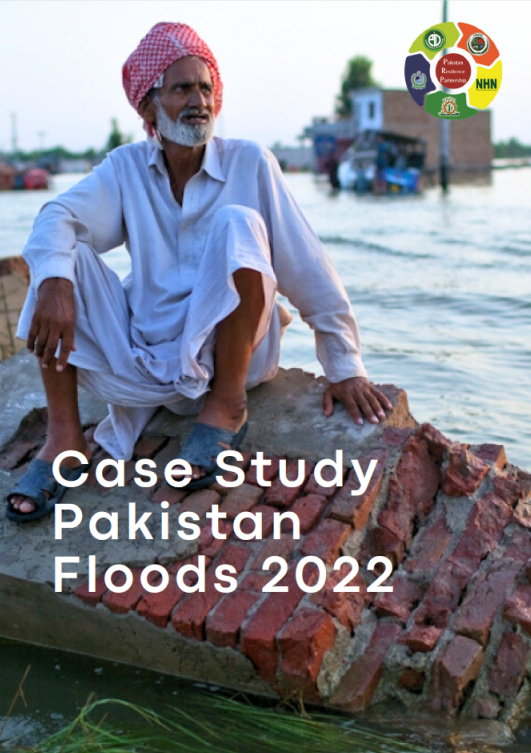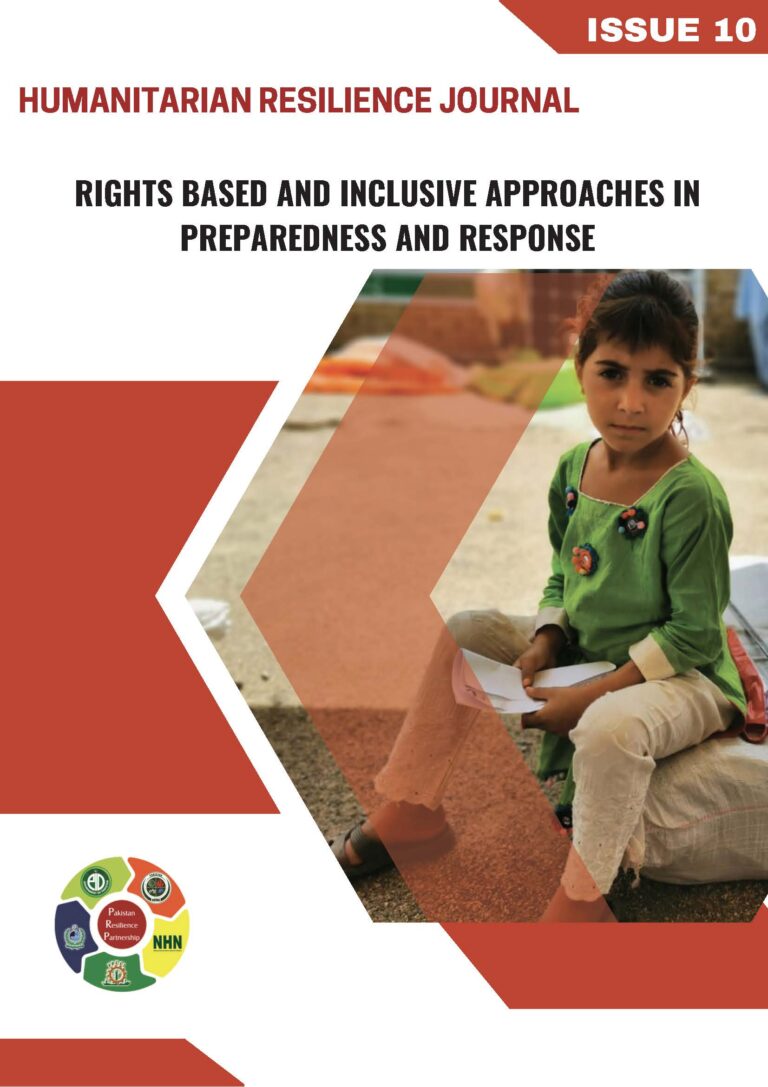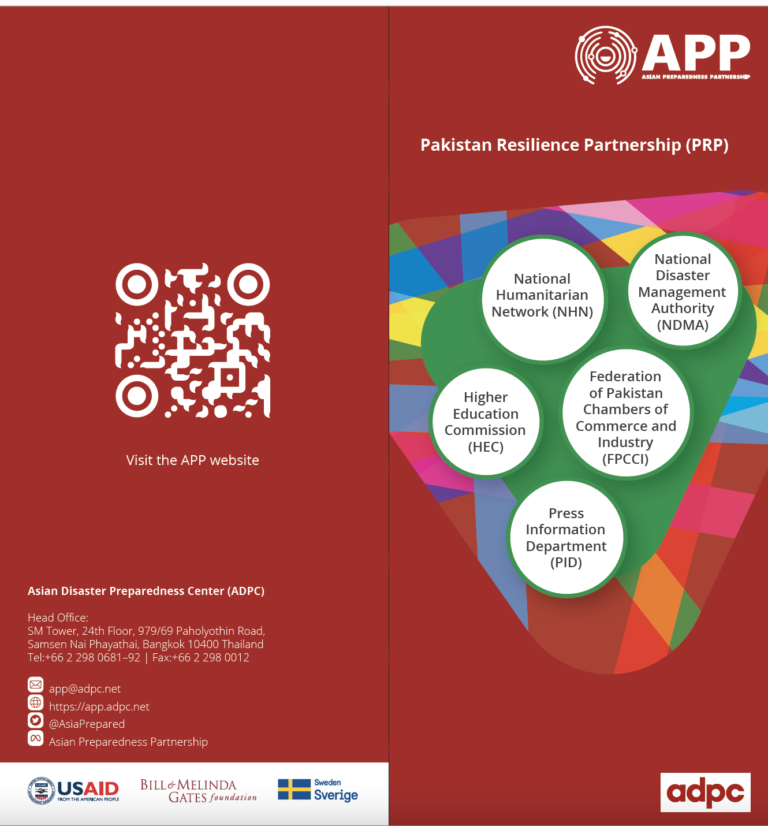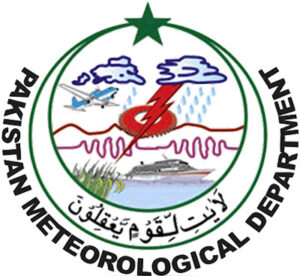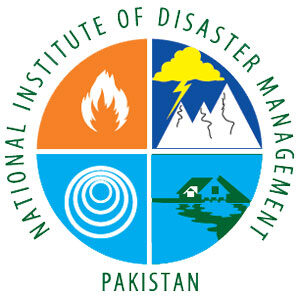


Pakistan
Members of Pakistan Resilience Partnership (PRP)
NHN was founded in 2010 as a result of interactive dialogues by NDMA to engage with stakeholders throughout Pakistan to promote rights-based humanitarian responses. It represents national civil society in working groups and review committees of disaster management authorities at all levels.
Recent Publications
APP News
Our Stories
Video
Useful Links
- National Disaster Management Act (2010)
- Pakistan Baseline Assessment Report
- Disaster Risk Reduction Policy(2013)
- Host Nation Support Guidelines
- Guidelines for Minimum Standards of Relief in Camp
- Minimum Ex-gratia Assistance to the Persons Affected By Natural or Man-made Disasters
- National Action Plan on Health
- Pakistan Climate Change Policy 2012
- Pakistan School Safety Framework



